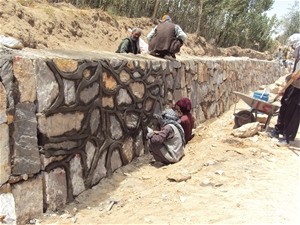
Improved flood protection wall, intakes, and check dams will serve as a first line of defense, followed by retaining walls placed at critical points near homes and farmland.
USAID/CDP/CADG
Reconstructed intakes and check dams along the Shamas River will help residents reduce the impact of costly seasonal floods
1 OCTOBER 2011 | GHAZNI, AFGHANISTAN
This reconstruction project in Ghazni District will save residents hundreds of thousands of dollars that they would otherwise use for yearly emergency flood repairs. Such savings can play a critical role in local stabilization.
Twenty-five years ago, Abdul Hakimi lost his home on the outskirts of Ghazni City to floods. He lost his replacement home to a new round of floods six years ago. He lost his second replacement home when floodwaters again surged over the banks of the Shamas River in the spring of 2011. Each time, it took him four years to rebuild his house at a cost of $10,000 to $20,000 apiece. The risks that Abdul Hakimi faces are not unusual. Seven hundred families living in the Sayanee area north of Ghazni City face the same risks and 200 hectares of attached farmland are subject to the same flooding. The Shamas River meanders through a series of hard twists before meeting the Ghazni River. Sediment builds up in these corners, driving water upward until it spills out of the river basin.
In response to the devastation bred by repeated flooding, Sayanee residents, the provincial governor, and the Ghazni Water Director partnered with USAID to develop a flood mitigation plan. In May 2011, Afghan local government authorities, USAID and its implementing partner, Central Asia Development Group, followed through on this plan, recruiting 751 residents to rebuild a system of intakes, retaining walls, and check dams along the Shamas River. Local community elders provide security for this project and the provincial governor and the Provincial Development Council have assumed responsibility for maintenance of the new infrastructure in years to come.
This project concluded successfully in August 2011, giving residents time to focus on repairing damage from the floods in March and April. By the time that rains and snowmelt raise the Shamas River next spring, Abdul Hakimi will have rebuilt part of his house. He will further join 700 families in re-tilling local fields and planting crops, safe for the first time from worry about impending floods.

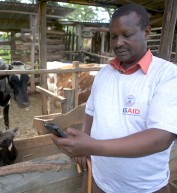
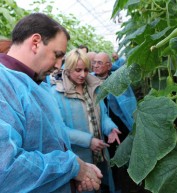
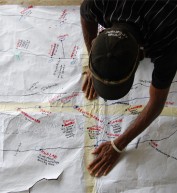
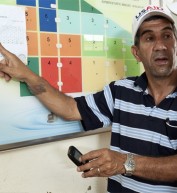

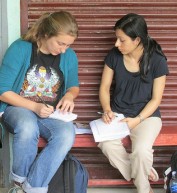
Comment
Make a general inquiry or suggest an improvement.